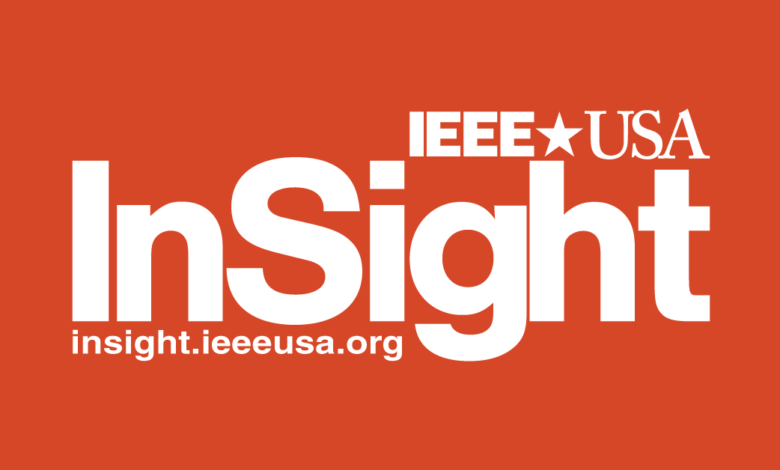
The shift away from company defined-benefit pensions to portable tax-deferred retirement savings plans fundamentally shifted responsibility from employers to employees to ensure their financial security in retirement. That systemic change, coupled with longer expected life spans, has created a fundamental challenge for most Americans, who have not saved enough to maintain their current lifestyle in retirement – and with many at risk of outliving their assets.
According to the U.S. Bureau of Labor Statistics, only 55 percent of adults are participating in a workplace retirement plan, leaving almost half the population depending on Social Security for their retirement. Compounding this problem is the fact that many of those with retirement plans are not saving sufficient amounts to meet their future needs, at the same time that average returns on market investments are declining. In 2019, Vanguard, one of the largest U.S. wealth asset managers, reported that the median 401(k) retirement account balance for plan holders aged 60 and older was just over $58,000. A 2018 study by Northwestern Mutual found that one in five Americans had no retirement savings at all. That contrasts with the advice of most financial advisers who recommend a minimum of at least $1 million in savings at retirement to live comfortably.
Recognizing these trends, Congress passed the SECURE Act in December 2019, major legislation designed to promote retirement security and to reduce the risk that aging Americans would outlive their retirement assets. The bill, signed into law as part of an omnibus appropriations bill by President Trump on 20 Dec., includes 29 provisions, most of which took effect on 1 January 2020.
U.S. IEEE members of all ages should become aware of, and adjust their retirement strategies to reflect the new options and changes made by the SECURE Act. Key provisions of the SECURE Act would:
- Require 401(k) plan sponsors to explain what annual income you can expect at retirement from your current portfolio balance
- Allow retirement benefits for long-term, part-time employees
- Eliminate the restriction on contributions to a traditional IRA by an individual who has attained age 70½. This provision puts traditional IRAs on par with Roth IRAs, which do not have an age limitation
- Raise the required minimum mandatory distribution age from 70½ to 72
- Relax rules prohibiting employers from offering annuities through sponsored 401(k) retirement plans
- Allow stipend and non-tuition fellowship payments received by graduate and postdoctoral students to be treated as eligible compensation to make an IRA contribution
- Raise the cap for auto enrollment contributions in employer-sponsored retirement plans from 10% of pay to 15%
- Allow “lifetime income investments” to be distributed from your workplace retirement plan, making them portable and allowing you to roll them over into another 401(k) or IRA
Among the provisions to encourage small business employers to become retirement plan sponsors, the SECURE Act will:
- Authorize small-business owners in unrelated businesses to join together in adopting multiple employer plans (MEPs) to give their employees access to defined contribution retirement plans
- Increase the business tax credit for plan startup costs from $500 to $5000 in certain circumstances
- Encourage small-business owners to adopt automatic enrollment by new hires in retirement savings plans by providing a further $500 tax credit for three years
- Simplify rules and notice requirements related to qualified non-elective contributions in safe harbor 401(k) plans
- Extend the period of time for companies to adopt new plans beyond the end of the year to the due date for filing the company tax return
- Offer a consolidated Form 5500 for certain defined-contribution plans with a common plan administrator to reduce administrative costs, while increasing the penalties for failure to file retirement plan returns such as Forms 5500, required notifications of changes and required withholding notices
The Act also gives Americans greater flexibility in using their retirement funds prior to retirement. Key provisions would:
- Allow penalty-free withdrawals up to $5,000 from retirement plans for the birth or adoption of a child
- Allow penalty-free withdrawals of up to $10,000 from 529 education-savings
plans for the repayment of certain student loans - Allow penalty free withdrawals for qualified disaster recovery distributions from retirement plans of up to $100,000.
Other noteworthy provisions of the bill include:
- Adjusting provisions of the previous Tax Cuts and Jobs Act that raised taxes on benefits received by family members of deceased veterans, as well as students and some Native Americans
- Removing a stretch IRA estate-planning strategy that permits non-spouse beneficiaries of IRAs to spread disbursements from the inherited money over their lifetime. The new limit will be within 10 years of the death of the original account holder who passes away in 2020 or beyond.
- Eliminating a UBIT tax liability on non-profit employers who provide transportation-related benefits
The SECURE Act represents a collection of measures championed by the insurance and financial community and should not be viewed as a comprehensive solution to the looming problem of retirement security. Some critics worry that a few of the changes such as allowing annuities to be incorporated into 401(k) plans and elimination of the stretch IRA can actually hurt current savers. The SECURE Act changes are complex and it is important to consider how the act will impact your current tax strategies and retirement plans.






